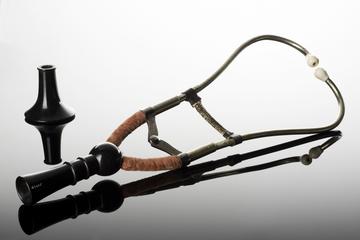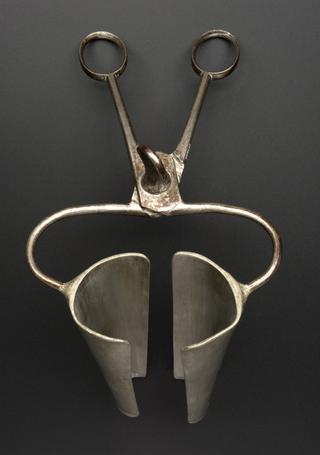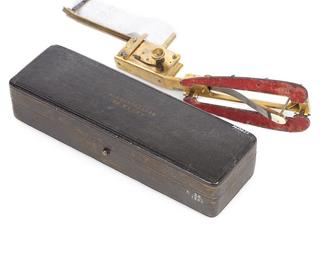
Scintillation detector, United States, 1970-1979
- Made:
- 1970-1979 in United Kingdom and United States
- maker:
- Packard BioScience




446 Armac Scintillation Detector, made by Packard in the 1970s, used at St. Mary's hospital for clinical diagnosis employing radioisotopes in blood clearance studies to make measurements from a body part (usually an arm) rather than doing a whole body count.
Low-level radioactive isotopes can be introduced to a patient’s body. This is to monitor or diagnose some medical conditions. The isotopes are not harmful, but they can reveal problems with the organs or blood vessels, or reveal the extent of internal injuries. A gamma X-ray camera tracks the radiation. The camera works by converting the radiation into light through a layer of crystal. This machine then interprets and produces the results in the form of an image of the inside of the body.
Later models can produce a moving image rather than a sequence. This lets doctors see the movement of organs in real-time.
Details
- Category:
- Clinical Diagnosis
- Object Number:
- 2004-29
- Measurements:
-
: 515 x 370 x 310 mm
- type:
- scintillation detector
- credit:
- Chelsea and Westminster Hospital




